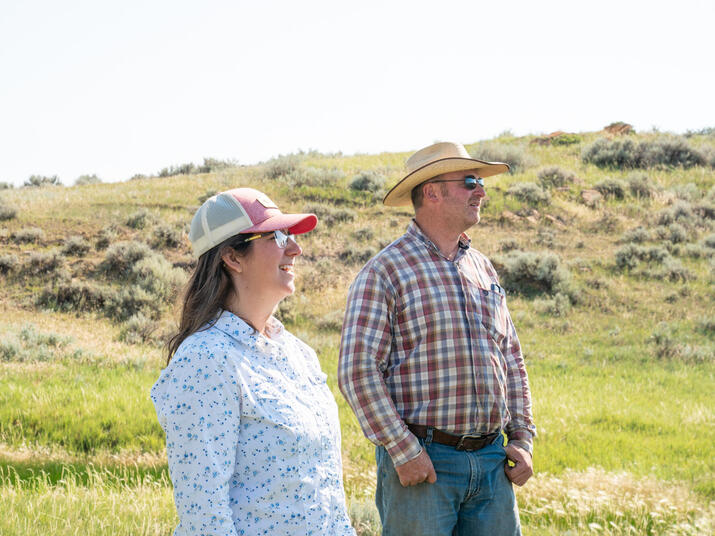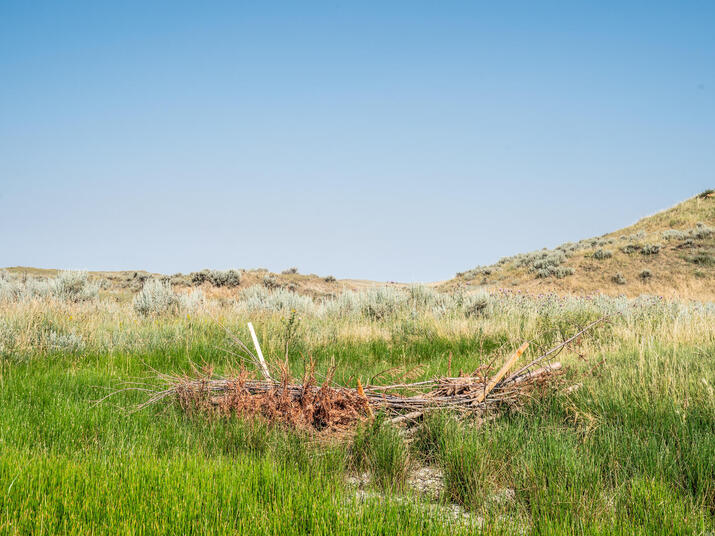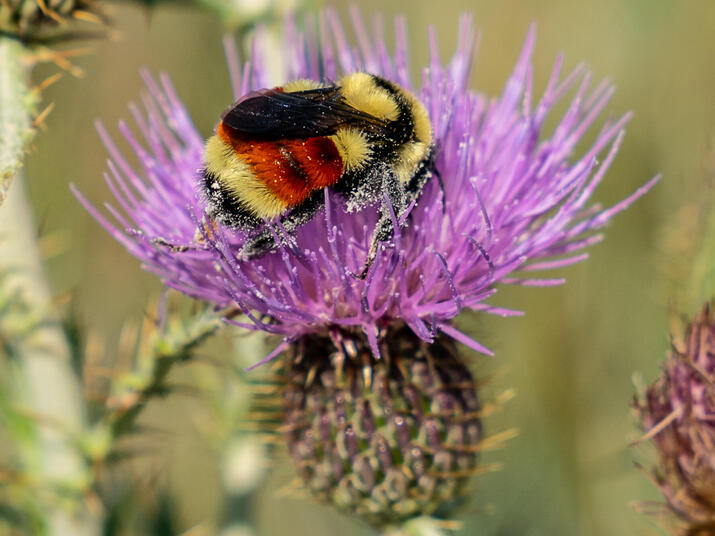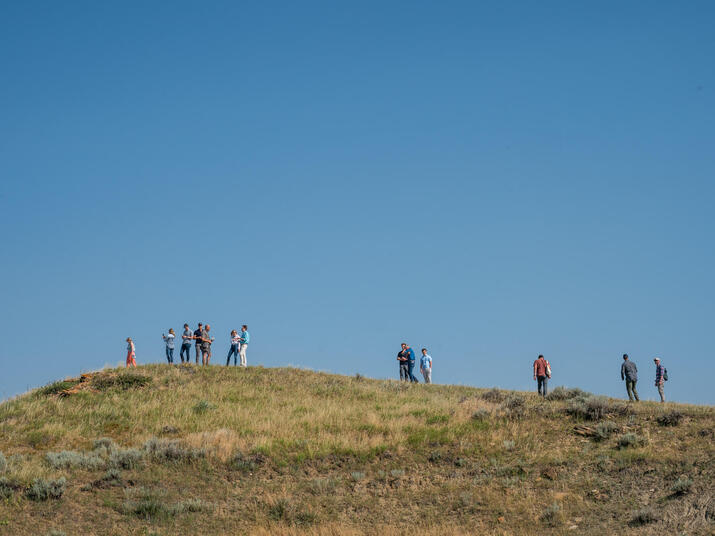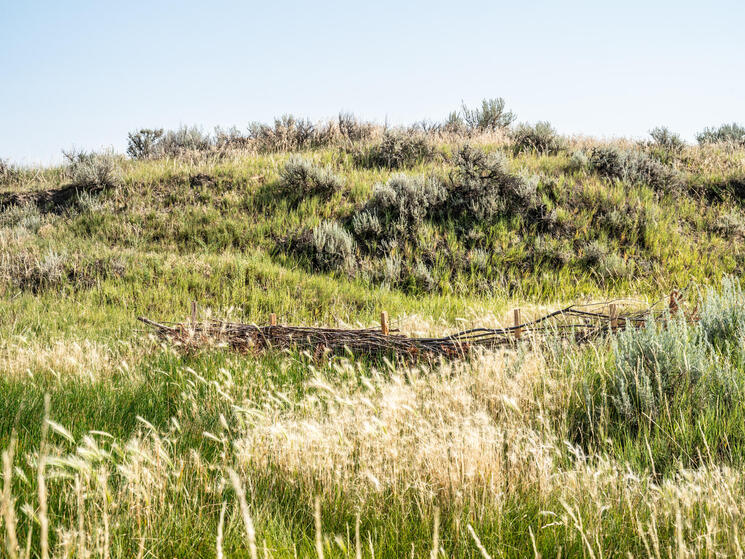
Building Beaver Dam Analogs
- Date: 21 December 2022
- Author: Casey Bereszniewicz, AmeriCorps Intern
Widespread drought conditions continue to persist in much of the Northern Great Plains (NGP) according to University of Nebraska’s National Drought Mitigation Center. The NGP is experiencing increasing temperatures, changing precipitation patterns, and extreme events that are posing challenges to an already water-limited region. This region is also an integral part of the nation’s food supply, with vast tracts of land devoted to livestock grazing.
Humans and wildlife alike are forced to find ways to adapt to these increasingly common drought conditions. Through World Wildlife Fund’s (WWF) Ranch Systems and Viability Planning (RSVP) program, ranchers in Montana have access to an innovative cost-sharing program that can help ranchers adapt and become more resilient to drought conditions.
Through RSVP, WWF partners with private landowners across the NGP to assist in the transition to regenerative grazing practices and implement conservation projects to increase the resiliency of ranchers and improve the health and biodiversity of our precious grasslands.
This year WWF worked with numerous RSVP cattle ranchers in Montana to build Beaver Dam Analogs (BDAs) - man-made structures meant to mimic a beaver dam’s capability to slow and hold water for longer periods of time on the landscape.
Many of our RSVP ranches contain ephemeral streams and drainages that only hold water for very short periods of time following larger storm events. The idea is that, if we can construct these BDAs in strategic locations to help slow the flow and pond water, we can increase the residence time of the water on a ranch and enhance the land’s ability to tolerate drought.
The benefits to these BDA’s are numerous, for both cattle and wildlife and help the ranches become more resilient to the impacts from climate change. Ideally, the quality of forage for cattle and other livestock will be improved as drier, ephemeral streambeds are transformed more into wet meadows. Wildlife would also benefit from these same changes, as any wetlands created in the process will provide habitat to a number of grassland species. Greater Sage Grouse, a declining species in Montana, will be one of the many beneficiaries of these structures, as their offspring require these wetter systems later into the summer to forage on insects and forbs.
This past season, WWF was tasked with identifying high-priority sites at some of our partner ranches and putting together a blueprint for the installation and monitoring of these BDAs. In total, along with a Montana Conservation Crew, we were able to construct roughly one hundred dams across four of our partner ranches. Depending on variables like bank height, water flow, etc., the dimensions of each structure varied across different sites and different ranches. For materials, a matrix of sod, thinned willow, and conifer were stacked and tightly packed together, aided by posts driven into the ground for stability. Although the use of BDAs for water retention isn’t an entirely new concept, their use in drier prairies systems is not something that has been very well practiced or documented. For this reason, project logistics – like how much material was needed, where to source it from, etc. – proved to be challenging.
With this past field season coming to an end, we are beginning the process of determining how best to monitor the effectiveness of these dams year to year and improve the quality of grassland for grazing cattle and wildlife One method we are currently pursuing is gathering drone footage to measure potential changes in late summer-greenness where dams were built. As more and more ranches in the RSVP program agree to adopt this land enhancement method, we hope to increase the efficiency and effectiveness of these low-cost, high reward structures.
